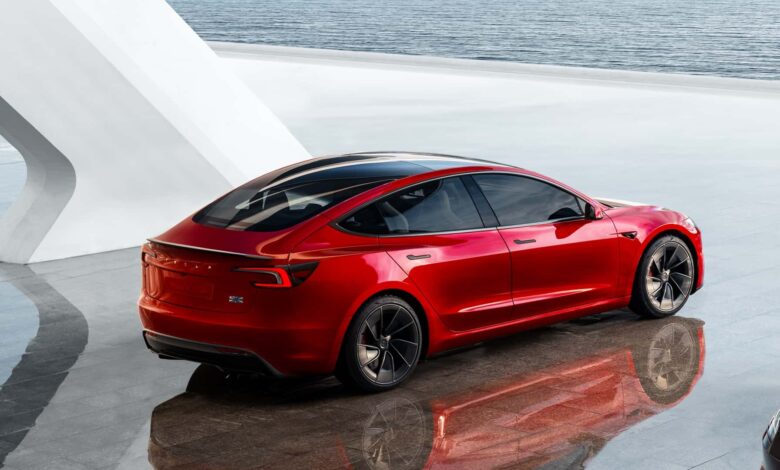EV Sales Plateau In Europe And North America, But China Expands

The global plug-in electric car market is expanding, but the growth is not equally distributed. In recent months, we have seen that the main three markets—China, Europe, and North America—have different growth rates.
According to EV research house Rho Motion, over five million plug-ins were bought globally during the first five months of the year, up 20% year over year, including 1.3 million in May, also up 20% year over year. However, China is the main force behind this growth, with a 31% increase year over year in the January-May period and 36% in May alone.
20 million new plug-ins in 2024
It’s expected that in 2024, some 20 million new rechargeable cars will be sold globally, compared to over 13.5 million in 2023, including almost 9.5 million all-electric ones. China will be responsible for the majority of sales.
The report says Europe (European Union plus EFTA and the UK) noted only a 4% increase, compared to a 5% increase in the U.S. and Canada combined. Moreover, the European market decreased year-over-year by 9% in May, while the U.S. and Canada shrunk by about 3%.
In other words, the Chinese plug-in car market is the largest, with over a 50% share, and the fastest growing, while the European and North American markets are smaller and have entered a plateau. There are various reasons behind that, including weaker European incentives and a challenging economy.
The situation is getting interesting this year, as Europe applies new, higher tariffs on Chinese all-electric cars (up to 38.1%), following the U.S., which quadrupled the tariffs from 25% to 100% and made imported EVs not qualified for the $7,500 federal tax credit when purchasing.
Rho Motion noted that the increase in tariffs will make EVs imported from China more expensive. If vehicle prices go up, this will not help adoption, and the ambitious climate goals might be missed.
This might be true in the short term, but policymakers have more complex goals, including other aspects like local production, economy, and security. Mass electrification with the use of imported EVs at the expense of removing most of its auto industry is not a compelling vision either.
We can assume that this and the next couple of years will bring mixed results as the industry has to figure out how to profitably produce more affordable electric cars.



